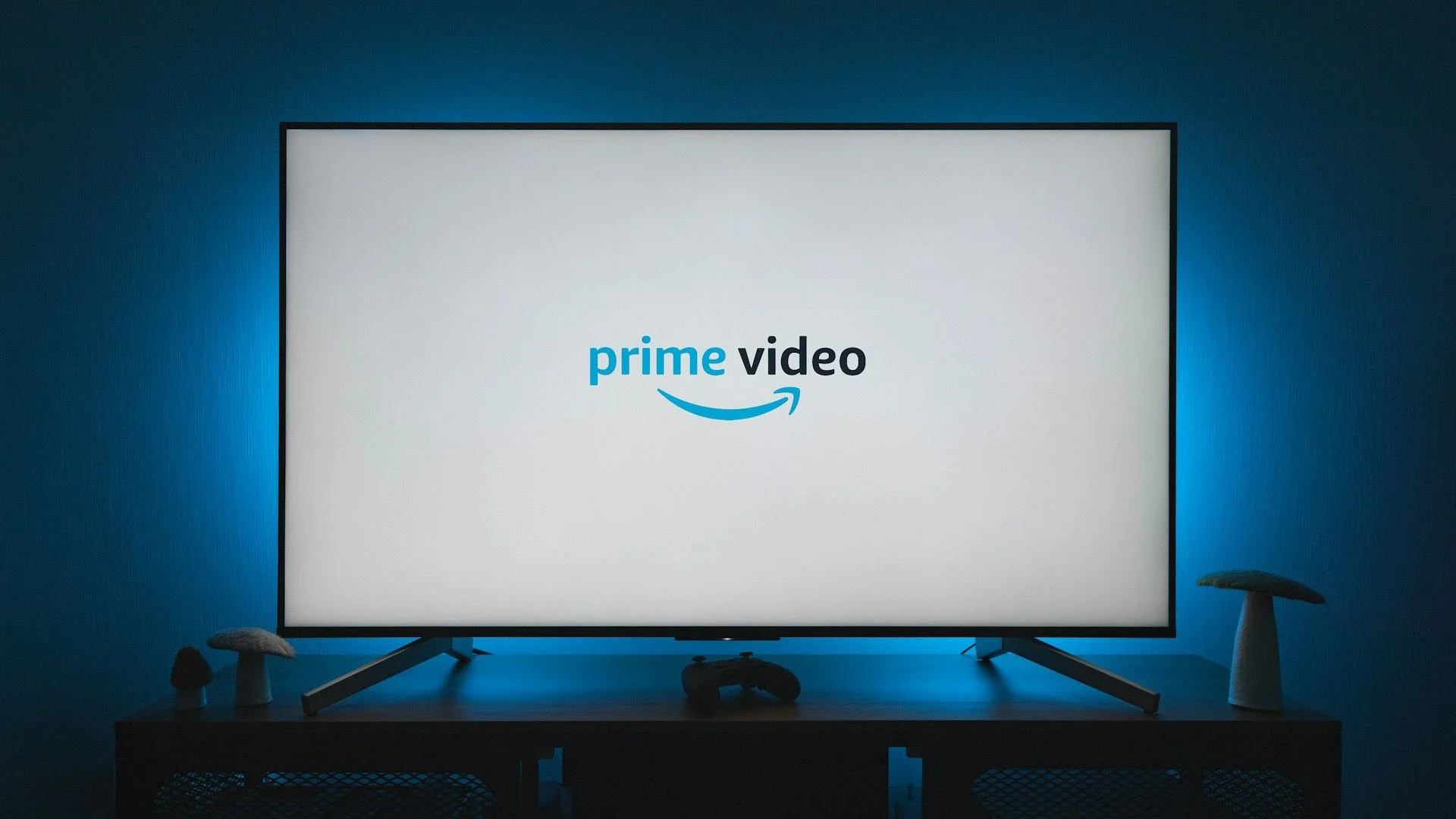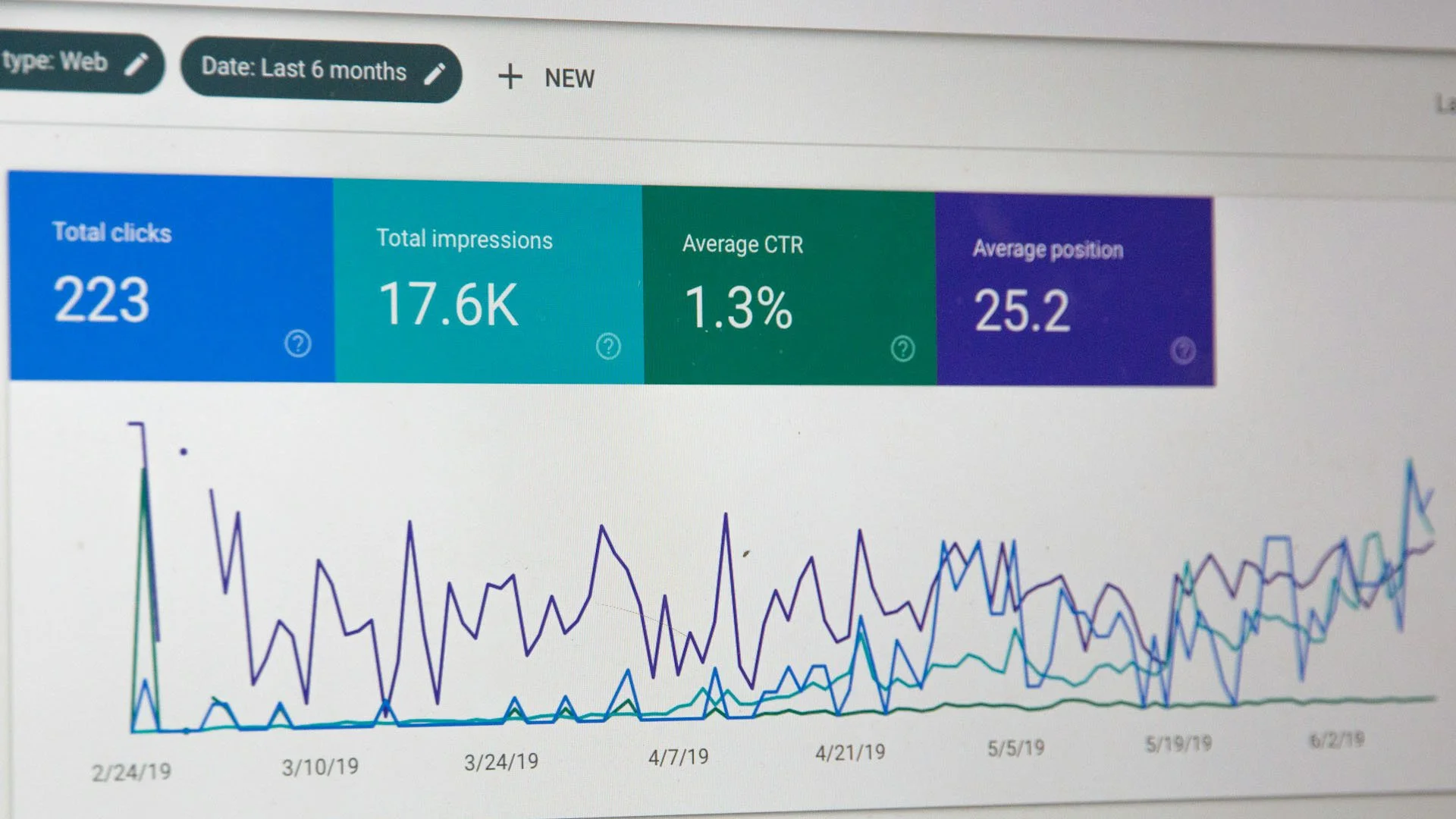Reach vs Frequency: Are You Prioritizing the Right Ad Metrics for Campaign Success
Picture this: You're sitting in a conference room, staring at a campaign dashboard that shows impressive reach numbers; millions of people saw your ad. Yet somehow, your conversion rates are flatlining and your marketing director is asking uncomfortable questions about ROI.
Here's the uncomfortable truth that most marketers discover too late: reach and frequency aren't just numbers to optimize; they're strategic levers that can make or break your entire campaign. The difference between brands that dominate their market and those that burn through budgets often comes down to one critical decision: knowing when to cast a wide net versus when to focus your fire.
This isn't about choosing sides in some imaginary reach versus frequency battle. Smart marketers understand that the real power lies in knowing exactly when each approach serves your goals and when mixing them creates marketing magic.
This article talks about the decision-making framework that separates amateur marketers from the professionals who consistently deliver results. Whether you're launching a new product or trying to break through in a crowded market, understanding these fundamentals will transform how you approach every media buy.
Reach delivers broad awareness, ideal for launches, brand repositioning, and geographic expansion, but demands instant creative clarity to leave an impact.
Frequency builds familiarity and drives action, especially in niche, competitive, or high-consideration markets, requiring creative variation to prevent fatigue.
Platform benchmarks vary: streaming thrives at 3–5 monthly exposures, while social demands 6–10 weekly touches, matching media to behavior is key.
Production costs scale differently, reach campaigns need fewer assets but wider media buys, while frequency requires modular creative systems.
Advanced tactics like dynamic frequency capping, narrative sequencing, and cross-device tracking improve ROI by controlling exposure and enhancing engagement.
Good Kids builds data-driven campaigns that balance reach and frequency, delivering smarter media strategy and breakthrough creative that drives real results.
What is Reach?
Reach represents the total number of unique individuals exposed to your campaign message within a specific timeframe. It's the breadth metric; how far your brand voice travels across the media landscape. For brands launching new products, entering markets, or building category awareness, reach often takes priority. The logic is straightforward: you can't influence people who never see your message.
Modern reach strategies have evolved beyond traditional spray-and-pray approaches. Streaming TV advertising, for instance, offers unprecedented reach efficiency by combining the scale of television with the targeting precision of digital. A single streaming campaign can touch millions of cord-cutters and cord-nevers who've abandoned traditional TV entirely. This matters because reach without relevance is just expensive noise.
Your reach should be your primary focus if:
You have a new product launch: You need maximum awareness quickly to establish market presence.
You’re looking for market expansion: Entering new geographic areas or demographics requires broad exposure.
You’re trying to disrupt competition: When rivals dominate mindshare, wide reach helps level the playing field.
You’re about to launch a seasonal campaign: Holiday or event-based messaging needs to hit many people simultaneously.
You’re attempting to reposition your brand: Changing perceptions requires reaching beyond your current customer base.
The challenge with reach-first strategies lies in measurement and creative demands. When you're touching thousands or millions of unique viewers, your message needs to work harder and faster. There's no warming period, no brand familiarity to lean on. Your creative has seconds to establish relevance, communicate value, and stick in memory — all while competing with every other brand trying to do the same thing.
We've built reach-driven campaigns for beverage brands entering new markets where brand awareness sat below 5%. The approach required different creative logic than their established markets. Instead of subtle brand plays or category nods, we developed high-impact messaging that established the brand's reason for being in under five seconds. These beverage campaigns paired memorable visual systems with clear value propositions, ensuring even single exposures left an impression.
Ready to expand your campaign reach without expanding your budget? Let's discuss smart media strategies that maximize unique impressions while maintaining message impact. Book a Strategy Call
What is Frequency?
Frequency measures how often the average person in your target audience sees your campaign message. It's the depth metric; not how many people you reach, but how thoroughly you reach them. The psychology behind frequency is rooted in the mere exposure effect: people develop preferences for things they encounter repeatedly. But there's a tipping point where familiarity breeds contempt, and that line shifts based on creative quality, message relevance, and competitive context.
The magic number for optimal frequency has been debated since the 1970s, when advertising researcher Herbert Krugman proposed his influential three-hit theory. Modern research from Nielsen suggests different optimal ranges: 5-9 exposures maximize digital campaign resonance with a 51% lift, while the LinkedIn B2B Institute found that low frequency strategies (1-2 exposures) deliver the most efficient sales response per impression. What's clear is that context matters more than universal rules.
Frequency should be a core metric if you’re facing:
Niche B2B markets: Smaller, defined audiences need deeper engagement to drive complex purchases.
High-consideration categories: Cars, software, financial services require sustained presence.
Competitive saturation: When 5+ brands fight for attention, frequency cuts through noise.
Limited budgets: Better to thoroughly reach 10,000 than barely touch 100,000.
Conversion-resistant formats: Moving from awareness to action needs persistent reinforcement.
Frequency strategies work best for considered purchases, competitive categories, and time-sensitive campaigns. When automotive brands launch year-end sales events, frequency ensures their offers stay top-of-mind during short decision windows. For subscription services fighting churn, consistent frequency maintains brand presence during renewal periods. The key is matching frequency levels to customer behavior patterns rather than arbitrary media benchmarks.
Creative variation becomes critical in frequency-focused campaigns. We've developed modular content systems that allow brands to maintain consistent messaging while preventing creative fatigue. A single campaign concept might spawn 15-20 executions, each emphasizing different benefits or emotional triggers. This approach lets you sustain higher frequency levels without wearing out your welcome. When building comprehensive creative systems, we factor in frequency targets from day one, ensuring sufficient assets to support sustained exposure without redundancy.
Platform-Specific Frequency Benchmarks
Different media channels demand different frequency strategies, and what works on social might fail on streaming platforms. Understanding these nuances prevents budget waste and creative burnout while maximizing campaign impact across your media mix.
Social Media
Social media platforms operate on accelerated content cycles where organic reach declines rapidly and paid frequency requirements run high. Instagram campaigns typically need 6-10 weekly exposures to break through the noise, while TikTok's algorithm can achieve similar results with 4-6 touches when creative resonates.
The challenge is that social frequency can quickly tip into annoyance, especially when targeting narrow audiences. We've seen social advertising campaigns backfire when frequency caps weren't properly set, leading to comment sections filled with "I see this ad 20 times a day" complaints.
Streaming TV
Streaming TV operates on entirely different frequency dynamics. The lean-back viewing environment and longer creative formats mean fewer exposures pack more punch. Research from streaming platforms suggests 3-5 monthly exposures optimize recall and action without triggering avoidance behaviors.
The creative requirements shift too — streaming ads need narrative arcs and emotional resonance that wouldn't fit in a six-second bumper. Our streaming TV campaigns leverage this format flexibility to build deeper connections with fewer touches.
OOH Advertising
Out-of-home advertising adds another frequency dimension. A highway billboard might generate dozens of exposures for daily commuters while reaching thousands of unique travelers. Transit advertising creates natural frequency through routine exposure, while urban billboard networks can strategically sequence messages across multiple locations. The key is understanding audience movement patterns and planning creative that rewards both first-time viewers and repeat exposures.
Digital Display and Programmatic Channels
Digital display and programmatic channels offer the most frequency control but require sophisticated management. Frequency capping prevents overexposure, while sequential messaging strategies use controlled frequency to tell evolving stories. The danger lies in setting and forgetting — we've audited campaigns where loose frequency caps led to 50+ exposures per user per week, destroying both performance and brand perception.
Reach vs Frequency: Cost Analysis
The financial implications of reach versus frequency strategies extend beyond simple CPM calculations. Your choice fundamentally shapes production requirements, media efficiency, and performance measurement timelines. Understanding these cost dynamics helps marketing teams make informed tradeoffs and set realistic expectations with leadership.
Reach-oriented campaigns typically demand higher upfront investments but offer better cost-per-unique-user metrics. When you're targeting millions of unique individuals, media costs scale linearly while production costs remain relatively fixed. A single high-impact creative asset can power broad reach campaigns, though you'll need platform-specific adaptations. The hidden cost comes in measurement complexity — attributing results to single-exposure reach campaigns requires sophisticated analytics and longer measurement windows.
Key budget considerations by strategy type:
Reach-heavy approach: Higher absolute media costs, lower creative production needs, 6-12 week measurement cycles, better for $5M+ budgets
Frequency-focused strategy: Lower media entry costs, 3x creative production requirements, 2-4 week attribution windows, viable at $500K budgets
Balanced approach: Moderate media investment, flexible creative needs, ongoing optimization requirements, works at $1-3M budgets
Platform costs: CTV delivers efficient reach at premium CPMs, social enables precise frequency at lower costs, OOH provides natural frequency through commute patterns
The real efficiency question isn't reach versus frequency in isolation; it's about finding the minimum effective frequency (MEF) for your specific context. A luxury brand might achieve MEF at 3-4 exposures given their considered purchase cycle and memorable creative. A meal delivery service competing in a crowded category might need 8-10 touches to break through. Understanding your MEF helps optimize budget allocation across both reach and frequency.
Smart brands use portfolio approaches, allocating budget across reach and frequency tactics based on campaign objectives. Brand communication strategies might emphasize 70% reach for awareness building while performance campaigns flip to 70% frequency for conversion optimization. This balanced approach requires more sophisticated planning but delivers superior overall results.
Creative Strategies for Each Approach
The creative requirements for reach and frequency campaigns differ fundamentally, and using the wrong creative strategy can sabotage even the best media plan. These differences impact everything from production timelines to approval processes, making early alignment critical.
Reach campaigns demand immediate impact and universal comprehension. When you have one shot at a unique viewer, every element must work overtime. The opening seconds must hook attention, the core message must land clearly, and the brand must be unmistakable. We develop reach creative using what we call the "stranger test" — would someone with zero brand knowledge understand and remember this message after one viewing? This discipline forces clarity and prevents insider thinking that assumes audience familiarity.
Visual memorability becomes paramount in reach strategies. Strong color systems, distinctive typography, and unique visual devices help single exposures stick. When developing fashion brand campaigns targeting broad audiences, we create visual signatures that work across every touchpoint. A distinctive color story or graphic element can trigger recall weeks after exposure, extending the impact of reach investments.
Frequency creative operates on different principles. Here, you can build narrative arcs, layer meanings, and reward attention with deeper content. The first exposure might introduce a character or scenario, the third might reveal a plot twist, and the seventh might deliver an emotional payoff. This sequential approach only works when you control frequency delivery; random exposure patterns break the narrative logic.
The production implications are significant. Reach campaigns might need one hero film with 20 quick adaptations. Frequency campaigns might require five distinct films, each with their own adaptation needs. We've built production models that anticipate these requirements, shooting modular content that can be assembled into either reach or frequency configurations. This flexibility helps brands pivot strategies without starting from scratch.
Measuring KPIs That Matter
The metrics that matter shift dramatically between reach and frequency strategies, and using the wrong success criteria can mask genuine performance or hide critical issues. Modern measurement requires nuanced understanding of both immediate signals and longer-term brand impacts.
Reach campaigns should be measured first on efficient unique audience delivery. Cost per thousand unique viewers (not impressions) provides the cleanest read on media efficiency. But reach alone doesn't equal success — you need quality indicators like viewability rates, completion rates, and geographic coverage relative to business footprint. Brand lift studies become essential for reach campaigns since single exposures rarely drive immediate action. We typically recommend 6-12 week measurement windows for reach-focused initiatives, allowing time for awareness to translate into consideration and action.
Performance Metrics by Campaign Type
For Reach-Optimized Campaigns
- Unique reach percentage of target audience
- Cost per unique viewer reached
- Geographic and demographic coverage rates
- Brand awareness lift (pre/post measurement)
- Incremental reach by platform
- Share of voice versus competitors
For Frequency-Focused Campaigns
- Optimal frequency achievement rate (% reaching 3–7x)
- Conversion rate by exposure level
- Cost per conversion at each frequency tier
- Creative engagement decay curve
- Negative feedback ratio by frequency level
- Time to conversion from first exposure
Advanced measurement considers reach and frequency together through metrics like effective reach; the percentage of your audience that received optimal frequency levels. If you're achieving 70% reach but only 20% of those people saw your message 3+ times, you might be spreading too thin. Conversely, if 50% of your audience has seen your campaign 15+ times while 40% hasn't seen it at all, you're wasting frequency on the converted while missing potential customers.
The most sophisticated measurement approaches track creative fatigue alongside frequency metrics. Engagement rates, sentiment analysis, and negative feedback ratios help identify when frequency shifts from helpful to harmful. We've built dashboards for agency clients that monitor these signals in real-time, enabling rapid optimization before campaign fatigue sets in.
Advanced Optimization Tactics
Beyond basic reach versus frequency decisions, sophisticated marketers employ advanced tactics that maximize both metrics' impact. These approaches require deeper analytical capabilities and more flexible creative production models, but they deliver measurably superior results.
Frequency Sequencing: Building Narratives Through Exposure
Frequency sequencing uses controlled exposure patterns to tell evolving stories or present escalating offers. Instead of showing the same ad seven times, you might deploy a three-part narrative where each execution builds on the last.
This approach maintains engagement across higher frequency levels while preventing creative fatigue. Experiential campaigns often use digital frequency to build anticipation before live activations, then leverage post-event content to extend impact.
Reach Layering: Extending Audiences Without Breaking Budgets
Reach layering involves using complementary channels to extend unique audience delivery without increasing costs proportionally. A streaming TV campaign might achieve 40% reach efficiently, while social adds another 20% unique reach among younger demographics.
The overlap minimizes wasted impressions while the channel diversity improves overall campaign resilience. We map these opportunities during strategic marketing planning, identifying the most efficient paths to incremental reach.
Dynamic Frequency Capping: Smart Exposure Management
Dynamic frequency capping adjusts exposure limits based on user behavior. Engaged users might receive higher frequency to drive conversion, while unresponsive audiences get capped to prevent waste.
This requires sophisticated ad serving and clear behavioral triggers, but it can improve efficiency by 30-40% versus static frequency caps. The creative implication is building assets that work across varying frequency scenarios.
Cross-Device Frequency Management: Controlling the Multi-Screen Reality
Cross-device frequency management has become critical as consumers fragment attention across 5-7 screens daily. Without proper controls, users might see your campaign 3x on mobile, 4x on desktop, and 5x on streaming creating 12x actual frequency when you planned for 5x.
Identity resolution tools help maintain intended frequency across devices, though privacy regulations increasingly complicate this orchestration.
Closing Thoughts — Start Optimizing Your Media Mix Today
The reach versus frequency debate will continue evolving as new platforms emerge and measurement capabilities advance. But the fundamental tension remains: how do you balance getting your message in front of enough people (reach) with ensuring they see it enough times to act (frequency)? The answer depends on your brand's specific context, but the cost of guessing wrong keeps climbing.
Whether you're planning a major campaign launch or optimizing ongoing media investments, the right partner can help navigate these complex tradeoffs. At Good Kids, we've built reach-driven launch campaigns that put new brands on the map and frequency-focused performance campaigns that drive measurable growth. More importantly, we've learned when each approach makes sense and how to pivot strategies based on real-world results.
Ready to move beyond theoretical media planning and build campaigns that balance reach and frequency for maximum impact?
Let's discuss your next campaign
Sources:
5 questions every advertiser wants answered, Nielsen: https://www.nielsen.com/insights/2022/advertiser-questions-answered-reach-roi/
Reach Maximalism, LinkedIn Marketing Solutions B2B Institute: https://business.linkedin.com/marketing-solutions/b2b-institute/b2b-research/trends/reach-maximalism
Infographic: how frequency of exposure can maximise the resonance of digital campaigns, Marketing Mag: https://www.marketingmag.com.au/news/frequency-infographic-nielsen/
Need to Know: Why do we need cross-media measurement?, Nielsen: https://www.nielsen.com/insights/2024/nielsen-cross-media/
OOH Advertising 101: Balancing Reach vs. Frequency, Vector Media: https://vectormedia.com/ooh-advertising-101-balancing-reach-vs-frequency/






